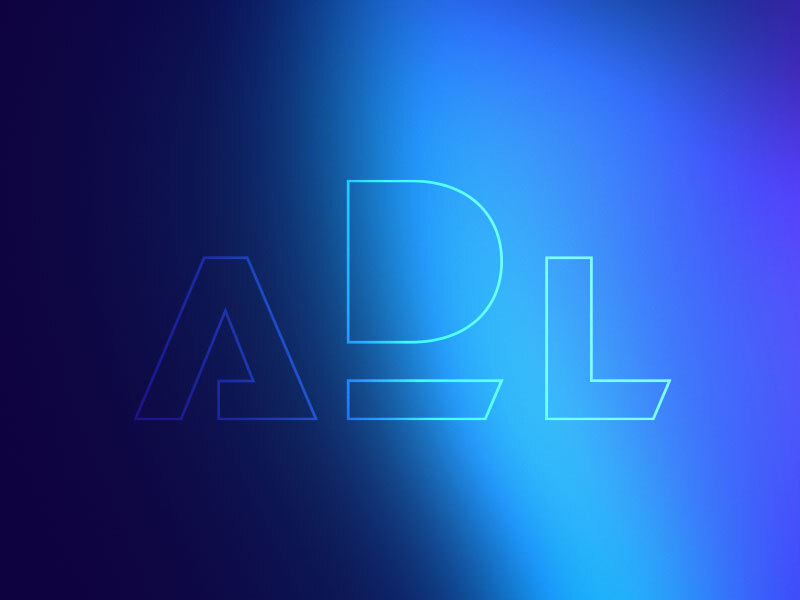
DOWNLOAD
DATE
Contact
Today’s global trends, such as high speed of innovation and technological change, require manufacturing companies to be agile and quickly implement sustainable changes to survive. To do so, companies need to continuously train employees to ensure they possess the right skills and know-how. The challenge is to do this in a cost-efficient way or, in other words, find the most suitable format for conveying knowledge and information. The solution in the new digital era is, in many cases, e-learning – a training method which, during recent years, has become significantly simpler and less expensive to use.
E-learning enables effective learning
E-learning leverages slide shows, videos, gamification and simulation to create interactive discussions and knowledge sharing in digital format. It is a quick and flexible way to train a large number of employees, independent of physical location and time, and create attractive opportunities to effectively drive changes within an organization. By using interactive quizzes and tracking methods, e-learning has been shown to increase motivation and learning engagement while making it possible to follow up employees’ results, ensuring everyone completes their training modules and gains the essential knowledge. Additionally, with digital material it is easier to maintain and make central changes to the learning material compared to traditional non-digital formats, keeping it updated at all times.
Research shows that e-learning, when replacing traditional instructor-led training, can reduce instruction time by up to 60% and costs by at least 50%. Organizations report e-learning as the second most valuable training method, and over 42% of global Fortune companies use some form of technology to instruct employees during formal learning hours – a number which is projected to increase1.
One form of e-learning is massive open online courses (MOOCs), which are online courses with unlimited participation and open access via the Internet. Participants can be from both inside and outside the organization. In addition to traditional course material such as filmed lectures, readings, and problem sets, many MOOCs provide interactive user forums to support community interactions among students and teachers. MOOCs have shown positive results, illustrated by a survey by Harvard Business Review, with 72% of respondents reporting career benefits and 61% reporting educational benefits as a result of MOOCs.
E-learning has shown gains in nearly every sector and is currently growing at a rate of about 9% per year. Reasons for this rapid growth are both demand – the increasing need for knowledge – and supply; as technology has become cheaper, simpler and more available, the possibilities for e-learning have grown.
With today’s high speed of change, manufacturing companies are facing a significant gap between the knowledge they need and the knowledge they possess. Arthur D. Little’s experience is that e-learning is a cost-efficient way to reduce this gap and enable continuous, lifelong learning. Research shows that about 96% of employers believe continuous education has a positive impact on job performance2.
Applicable learning format depends on characteristics of the information
A key question when having information to convey is which method is the most suitable. As methods have different advantages and disadvantages, the most efficient option clearly depends on the situation – and, in particular, the piece of information. Arthur D. Little has developed a framework with two key parameters for selecting which method to use for conveying information: criticality, meaning both how important the information is and the number of affected people; and complexity, meaning how complex it is to grasp and understand. The reasoning is shown in Figure 1 below:
Figure 1: Matrix indicating where e-learning is best applied
For information with low criticality and low complexity, affected parties can simply be informed (e.g. by e-mail). If the information has low criticality but high complexity, it is appropriate to make the information easily accessible, for example, by making it available on the company intranet. Information with low complexity and high criticality needs to be actively communicated to the target audience and combined with follow-up activities. Information with both high criticality and high complexity needs to be taught to the target group in order to ensure that it is fully understood and grasped.
E-learning is an excellent substitute for physical training unless the information has both very high criticality and very high complexity. In this situation physical training is unbeatable, as physical presence enables complete customization, which is required to convey this type of information.
Going forward, Arthur D. Little sees that use of e-learning will increase; it will continue to replace physical training as well as other methods due to improved cost efficiency and flexibility.






